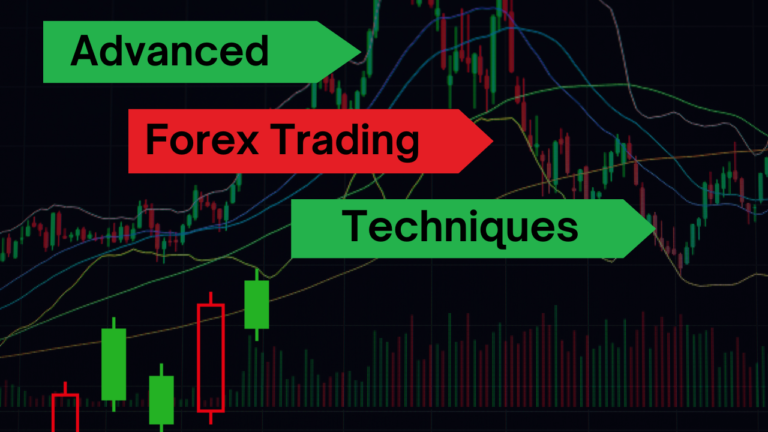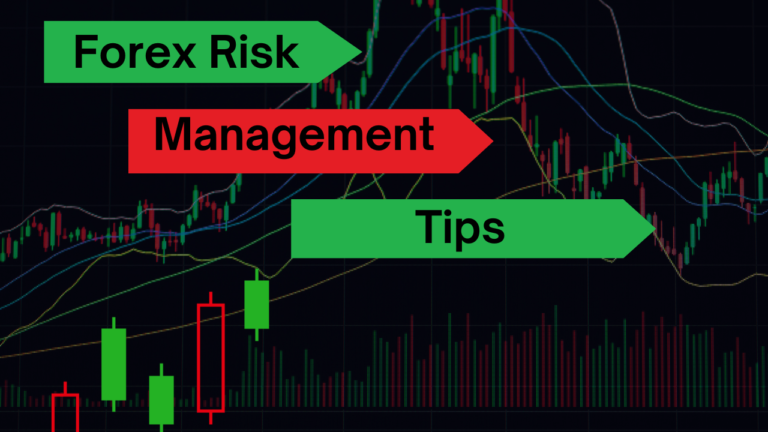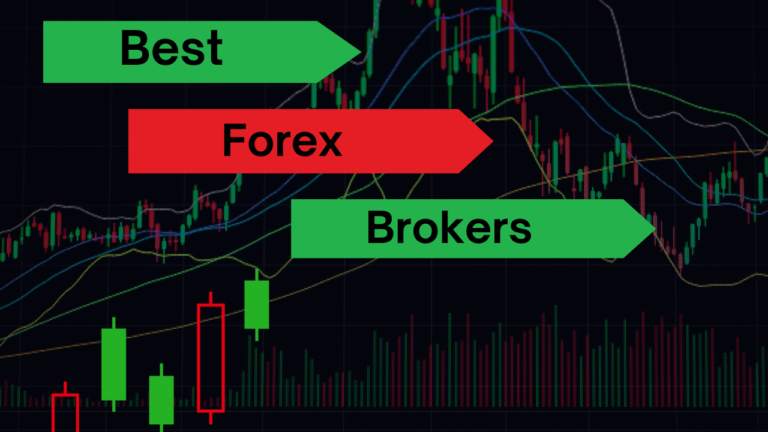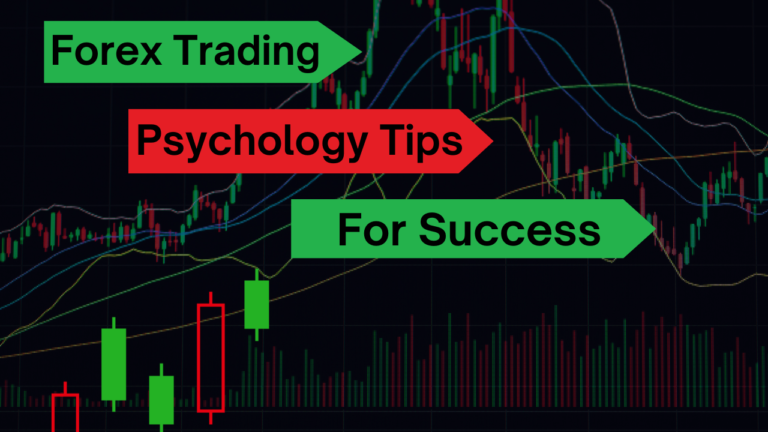Beginner’s Guide to Forex Trading
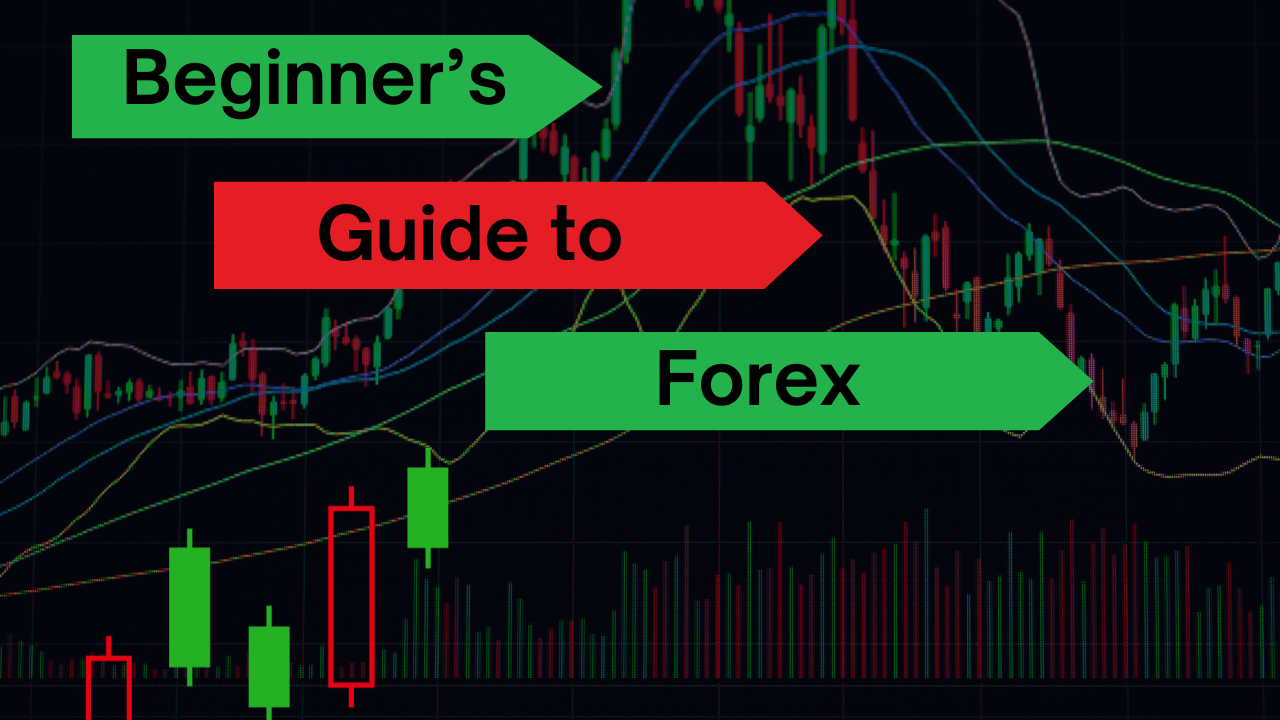
Beginner’s Guide to Forex Trading also known as the foreign exchange market, is the largest and most liquid financial market in the world. It operates 24 hours a day, allowing traders to buy and sell currencies globally. Beginner’s guide to forex, understanding how forex works can seem challenging, but with the right guidance, it can become a valuable skill. This guide will help you learn the basics of forex trading, key terminologies, and tips for starting your trading journey.
Introduction to Forex
What is Forex?
Forex, short for foreign exchange, refers to the process of trading one currency for another. This trading occurs in the global marketplace, where currencies are exchanged in pairs, such as EUR/USD (Euro/US Dollar). The forex market is decentralized, meaning it operates through a network of financial institutions, corporations, and retail traders rather than a central exchange.
The forex market is crucial for international trade and investment. Businesses and individuals participate to hedge risks, speculate on currency price movements, or fulfill cross-border transactions.
Why Learn Forex?
Learning forex trading is an excellent way to diversify your investment portfolio and gain financial independence. Unlike other markets, forex offers:
- High liquidity, ensuring swift trades.
- Accessibility, as anyone with an internet connection can trade.
- Leverage, enabling traders to control large positions with smaller investments.
For beginners, forex presents a chance to learn financial markets and develop skills like analysis and risk management.
Understanding the Basics
What is Forex Trading?
Forex trading involves the simultaneous buying of one currency and selling of another. These trades are conducted through currency pairs, where the first currency is the “base currency,” and the second is the “quote currency.”
For example, in the pair USD/JPY, USD is the base currency, and JPY is the quote currency. If the pair is priced at 110, it means 1 USD equals 110 Japanese Yen.
There are three main types of currency pairs:
- Major Pairs: Commonly traded pairs like EUR/USD or GBP/USD.
- Minor Pairs: Pairs without the US Dollar, like EUR/GBP or AUD/NZD.
- Exotic Pairs: Pairs with currencies from emerging markets, like USD/TRY.
Key Terminologies in Forex
To start trading forex, you must understand key terms:
- Pip: The smallest price movement of a currency pair, often the fourth decimal place.
- Spread: The difference between the bid (selling price) and ask (buying price).
- Leverage: A feature allowing traders to control larger positions with smaller capital.
- Lot Size: The standard unit of a trade. For example, 1 lot equals 100,000 units of the base currency.

How the Forex Market Works
Who Trades in the Forex Market?
The forex market is a dynamic space where various participants trade currencies for different purposes. These participants include:
- Retail Traders: Individual traders who speculate on currency price movements.
- Banks: Large institutions that facilitate bulk currency exchanges and provide liquidity.
- Corporations: Companies involved in international trade hedge currency risks.
- Central Banks: Governments control monetary policies, impacting exchange rates.
- Institutional Investors: Hedge funds and asset managers trade to diversify portfolios.
Each participant plays a role in ensuring the market remains active and liquid.
Forex Market Hours
One unique feature of the forex market is its 24-hour operation, which spans across different time zones. These trading sessions include:
- Asian Session: Begins in Tokyo, covering currencies like JPY and AUD.
- European Session: Starts in London and features major pairs like EUR/USD and GBP/USD.
- US Session: Centers on New York, driving the market with USD pairs.
These overlapping sessions create opportunities for traders around the globe to participate at their convenience.
Getting Started with Forex Trading
Choosing a Forex Broker
Selecting a reliable forex broker is the first step to entering the market. Here’s what you should look for:
- Regulation: Ensure the broker is licensed by reputable authorities like the FCA, CySEC, or ASIC.
- Spreads and Fees: Look for brokers with low spreads and transparent fee structures.
- Leverage Options: Find a broker that offers suitable leverage for your risk tolerance.
- Trading Platform: Ensure the broker supports platforms like MetaTrader 4 (MT4), MetaTrader 5 (MT5), or cTrader.
A regulated and beginner-friendly broker can make a significant difference in your trading experience.
Setting Up a Trading Account
Once you choose a broker, follow these steps to set up your trading account:
- Register with the Broker: Provide your personal details and verify your identity.
- Choose an Account Type: Select between standard, micro, or demo accounts based on your experience level.
- Deposit Funds: Add funds using payment methods like bank transfer, credit cards, or e-wallets.
- Download the Trading Platform: Access the broker’s platform to start analyzing and trading.
Basic Forex Strategies for Beginners
Why Use a Trading Strategy?
A well-defined forex trading strategy helps beginners make informed decisions, avoid emotional trading, and improve their chances of profitability. By following a strategy, traders can:
- Identify high-probability trade setups.
- Stick to a structured plan, reducing impulsive actions.
- Measure and improve their performance over time.
Simple Forex Strategies for Beginners
Here are some basic yet effective strategies for those just starting in forex trading:
1. Trend Following Strategy
This strategy involves identifying the market’s direction (uptrend or downtrend) and trading in that direction. Tools like moving averages and trendlines are often used to confirm trends.
- Example: If the market shows higher highs and higher lows, it’s an uptrend. Look for buying opportunities.
2. Breakout Strategy
Breakouts occur when the price moves beyond a defined level of support or resistance. Beginners can trade breakouts by entering trades when price breaks above resistance or below support levels.
3. Range Trading Strategy
In this strategy, traders identify horizontal price ranges where the market consolidates. Buy at support and sell at resistance levels within the range.
- Tools: Use indicators like the Relative Strength Index (RSI) to confirm overbought or oversold conditions.
These strategies are simple, making them ideal for beginners to practice and refine their skills.
Risk Management in Forex Trading
Importance of Risk Management
In forex trading, managing risk is just as important as finding profitable trades. Without a solid risk management plan, traders can face significant losses, especially in a highly leveraged market. Proper risk management ensures:
- Preservation of capital for future trades.
- Reduction of emotional decision-making during volatile markets.
- Long-term sustainability as a trader.
Essential Risk Management Techniques
1. Set a Risk-Reward Ratio
Always determine how much you’re willing to risk for a potential reward. A common ratio is 1:2, where you risk $1 to gain $2. This approach ensures that your profits outweigh your losses over time.
2. Use Stop-Loss Orders
Stop-loss orders automatically close a trade when the price reaches a specified level. This limits potential losses and protects your trading capital.
Example: If you’re buying EUR/USD at 1.2000, you might set your stop-loss at 1.1950.
3. Trade with Proper Position Sizing
Calculate the correct position size for each trade based on your account balance and the percentage of risk you’re comfortable with (e.g., 1-2% of your account per trade).
4. Avoid Overleveraging
While leverage can amplify profits, it can also magnify losses. Use leverage cautiously, especially as a beginner, to avoid blowing your account.
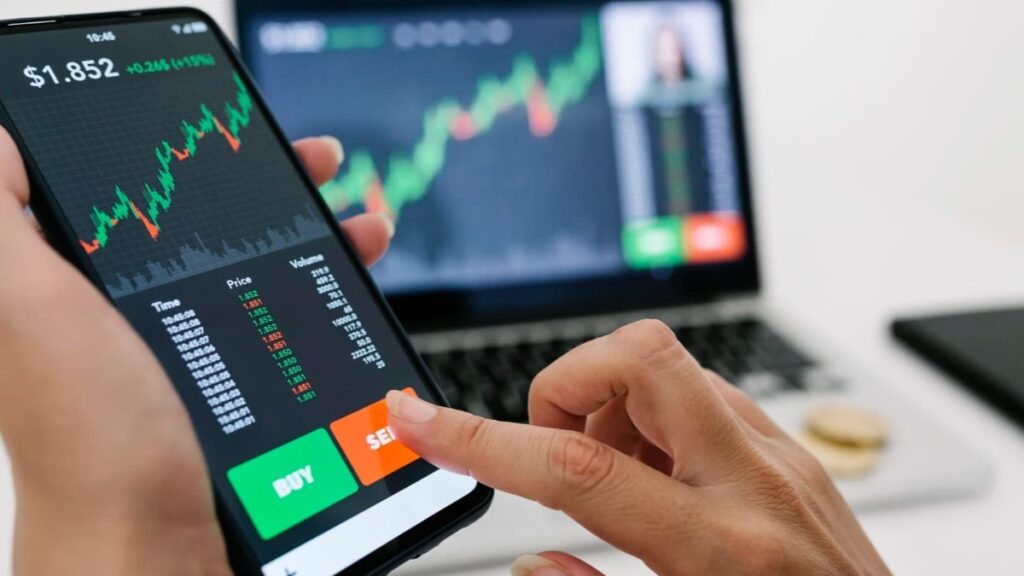
Tools and Resources for Forex Beginners
Essential Forex Trading Tools
Having the right forex trading tools can make a significant difference in your journey as a beginner. Here are some must-have tools:
1. Trading Platform
The trading platform is your gateway to the forex market. Popular options include MetaTrader 4 (MT4), MetaTrader 5 (MT5), and cTrader. Look for platforms that offer:
- Charting Tools: To analyze price movements and trends.
- Custom Indicators: To add technical analysis tools.
- User-Friendly Interface: For seamless navigation.
2. Economic Calendar
An economic calendar tracks major economic events and news releases that impact currency prices. Beginners can use it to:
- Identify high-impact events like interest rate announcements.
- Plan trades around key news to avoid unnecessary risks.
3. Risk Management Tools
Tools like position size calculators help traders manage their exposure. Use these to determine the appropriate trade size based on your risk tolerance and account balance.
Forex Learning Resources
1. Educational Websites
Websites like BabyPips and forex blogs provide comprehensive tutorials for beginners.
2. Online Courses
Many brokers offer free or paid courses covering the basics of forex trading and advanced strategies.
3. Demo Accounts
Practicing on a demo account allows beginners to trade in real-time conditions without risking actual money.
4. Forex Trading Forums and Communities
Joining communities like Forex Factory or social media groups can help you learn from experienced traders and discuss strategies.
With the right tools and resources, beginners can gain confidence and improve their trading skills efficiently.
Tips for Success as a Forex Beginner
Start Small
As a beginner, it’s crucial to start with a small account size or use a demo account. This approach allows you to:
- Learn without risking significant capital.
- Focus on developing a strategy and refining skills.
Educate Yourself Continuously
Forex trading is a constantly evolving market, so staying updated is vital. Regularly:
- Read market analysis and forecasts.
- Stay informed about economic and geopolitical events.
- Learn new strategies and refine your existing ones.
Keep Emotions in Check
Emotional trading, such as revenge trading after a loss, often leads to poor decisions. Maintain discipline by sticking to your trading plan and risk management rules.
Practice Patience
Success in forex trading requires patience. Avoid overtrading and wait for high-probability setups that align with your strategy.
Evaluate Your Performance
Keep a trading journal to track your trades, analyze mistakes, and identify areas for improvement. A journal should include:
- Entry and exit points.
- Reasons for entering the trade.
- The outcome and lessons learned.
Conclusion
Forex trading offers immense opportunities, but it’s not without challenges. For beginners, the key to success lies in building a solid foundation by understanding the basics of forex, using the right tools, and following a disciplined approach. Strategies like trend following, proper risk management, and continuous learning can significantly improve your trading journey.
As you progress, remember to stay patient, manage your emotions, and never stop learning. With dedication and the tips provided in this guide, you can navigate the complexities of the forex market and work toward your financial goals.
Read more Best Forex Trading Signals for 2024
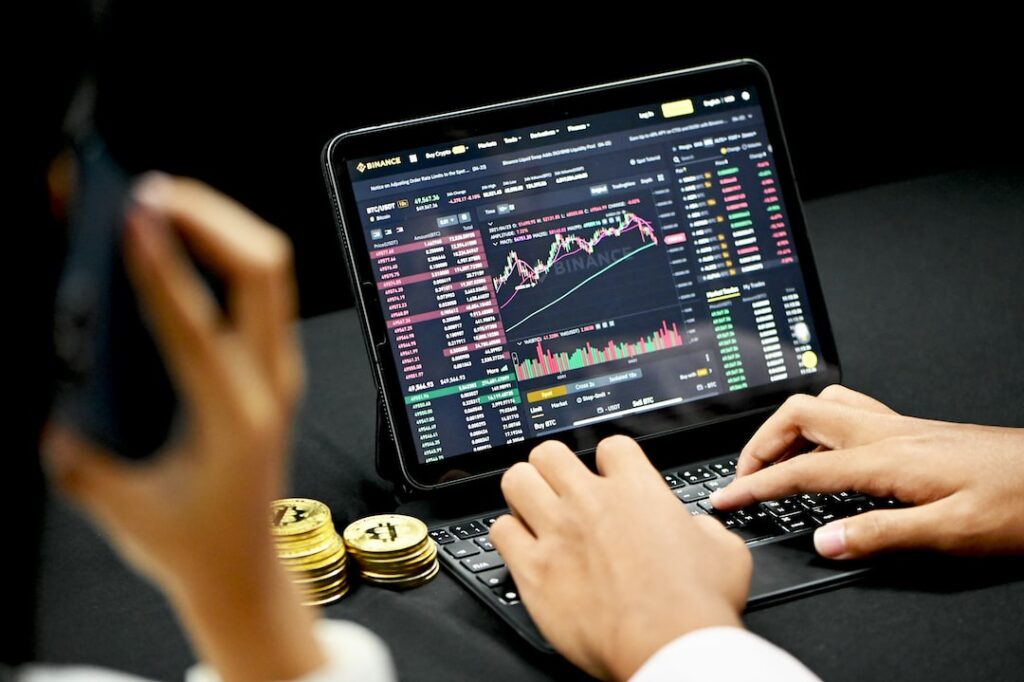
Frequently Asked Questions
What is Forex trading?
Forex trading is the process of buying and selling currencies in the global foreign exchange market to profit from price movements. It is the largest financial market in the world.
How much money do I need to start trading Forex?
Many brokers allow you to start trading with as little as $50. However, it’s advisable to have a sufficient balance (e.g., $500-$1000) to manage trades effectively and practice risk management.
Is Forex trading risky?
Yes, forex trading carries a high level of risk due to leverage and market volatility. Proper risk management and a disciplined trading plan can help mitigate these risks.
What are the best strategies for beginners?
Beginners can start with simple strategies like trend following, breakout trading, or range trading. These strategies are easy to learn and effective in understanding market behavior.
